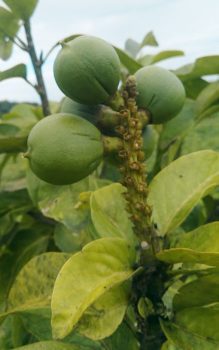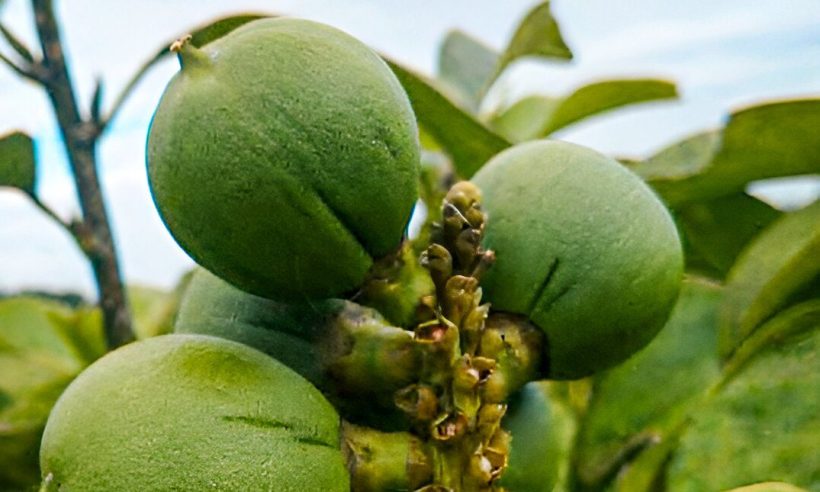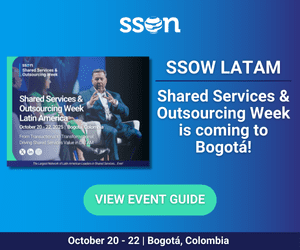Colombia’s Trade Ministry Signs Agreement to Advance Cacay’s Entry as Novel Food into European Union Market
The Ministry of Trade, Industry, and Tourism (MINCIT), the government entity responsible for commercial policy in Colombia, is advancing the regulatory process for the Amazonian fruit cacay (Caryodendron orinocense) to achieve Novel Food designation in the European Union (EU).
This initiative is part of the Colombian government’s strategy to diversify the national export basket and leverage the bioeconomy as a component of sustainable economic development.
MOU Signed with TEFOS 3 Project
The Minister of Trade, Industry, and Tourism, Diana Marcela Morales, signed a Memorandum of Understanding (MOU) with the Sustainable Forest Territories (TEFOS 3) project. The one-year MOU establishes a framework for cooperation focused on technical assistance, trade promotion, and international coordination necessary for regulatory compliance. The document is not legally binding and does not constitute a contract, serving primarily as an agreement to coordinate efforts.

The cacay is a product with high agro-industrial, nutritional, and cosmetic potential, originating from the Amazon and the Eastern Plains. Photo: Wikipedia.
The principal objective is to secure the Novel Food authorization for cacay, which is required for its legal entry into the EU market. Final approval depends upon the evaluation and subsequent authorization by the European Food Safety Authority (EFSA).
The collaborative actions between MINCIT and TEFOS 3 are intended to focus on several key areas:
- Identifying specific regulatory requirements for Novel Food recognition.
- Coordinating with domestic and international bodies to facilitate compliance with identified standards.
- Organizing and participating in trade events and business meetings aimed at positioning cacay in international markets.
- Exchanging relevant technical, commercial, and regulatory data.
Cacay’s Market Potential and Policy Context
Cacay, native to the Orinoco and Amazon river watershed across Colombia, Venezuela, Ecuador, Peru, and Brazil, is distinguished by its edible nuts, from which an oil is extracted for use in food and cosmetics.
Minister Morales noted that ProColombia, the government agency responsible for promoting non-traditional exports, foreign investment, and tourism, works with the private sector to identify market opportunities for products like cacay. The fruit’s attributes suggest potential utilization across the food, nutritional, and cosmetic industries, aligning with the national objective to diversify exports beyond traditional commodities.
The crop is generally compatible with agroforestry systems, supporting forest conservation and the rehabilitation of degraded soils, while providing economic alternatives in regions affected by deforestation. Furthermore, the transformation of cacay into high-value products, such as specialized flour, represents a mechanism for generating rural employment and income. This focus on bioeconomy and value-added agro-industrial output constitutes a core pillar of the current Colombian administration’s economic strategy.
Cacay. Photo credit: Wikipedia.




























